Fuel Tank trucks belong to special purpose vehicles. Different from small cars, tank trucks can be equipped with optional configurations according to their own needs, so that tank trucks have different special functions. Common optional configurations of tank trucks mainly include:
- oil Tank truck fuel dispenser
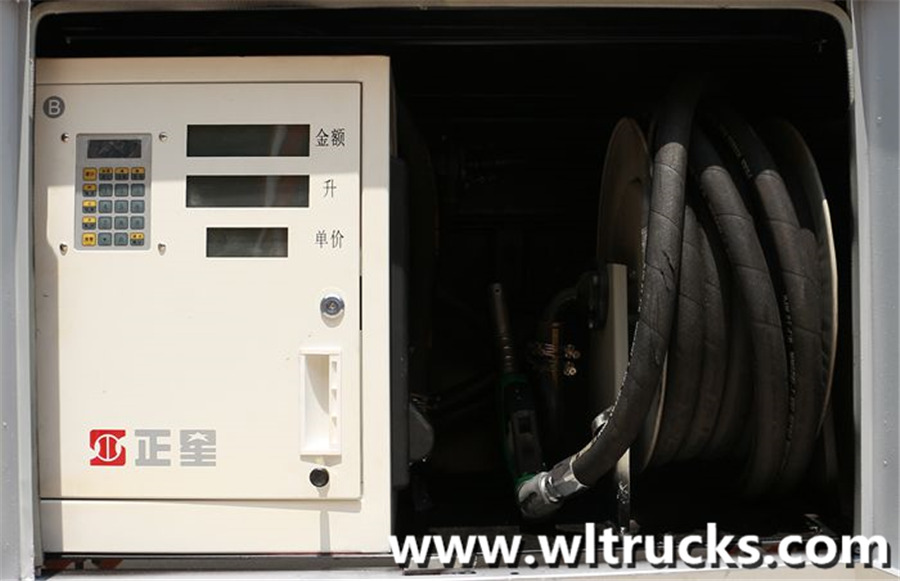
Structure: The high-flow fuel dispenser is installed in the tank truck toolbox. Two oil pipes are connected to the oil pipeline. One oil pipe is used to transport oil and the other is used to return oil to prevent the oil pipe from bursting due to pressure. Take a fuel dispenser as an example, the flow rate per minute is about 80L;
Purpose: The fuel tanker truck installed with the tanker is also called the mobile tanker, which is mainly used to refuel the car or the construction vehicle on the construction site;
2. Fuel Tank truck sub-storage
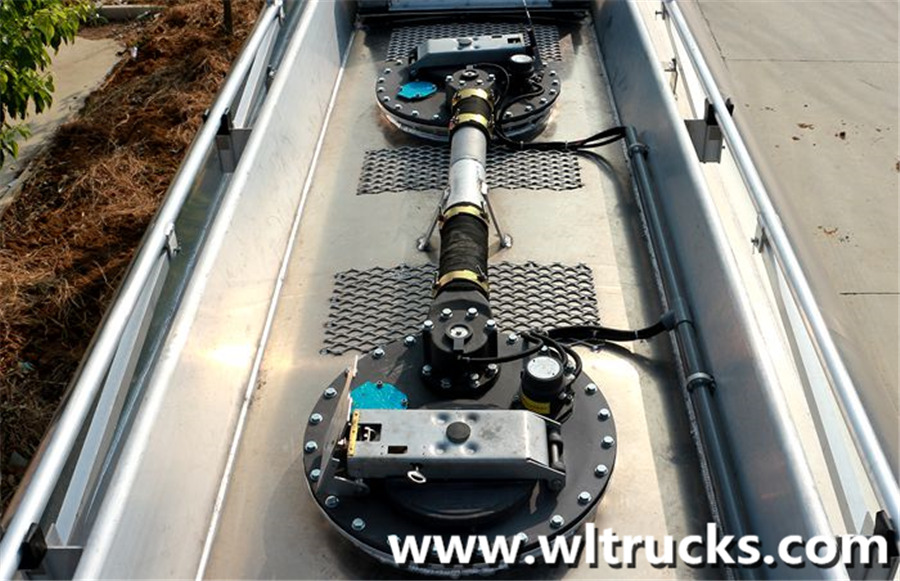
Structure: The standard configuration of the oil tanker is a single warehouse. As the name suggests, the sub-warehouse is to turn one warehouse into two warehouses. A sealed partition is added in the middle of the tank body. The material of the partition is the same as that of the tank body. Add a set of European standard tank ports, one set of lower oil, and a set of pumps for pumping in and out;
Purpose: Fuel Tank truck with separate warehouses are mainly used to pull gasoline. Everyone knows that gasoline is divided into No. 92, No. 95, and No. 98 gasoline. When different types of media need to be transported at the same time, they can only be transported separately when they are separated. In a car
3. Flow meter
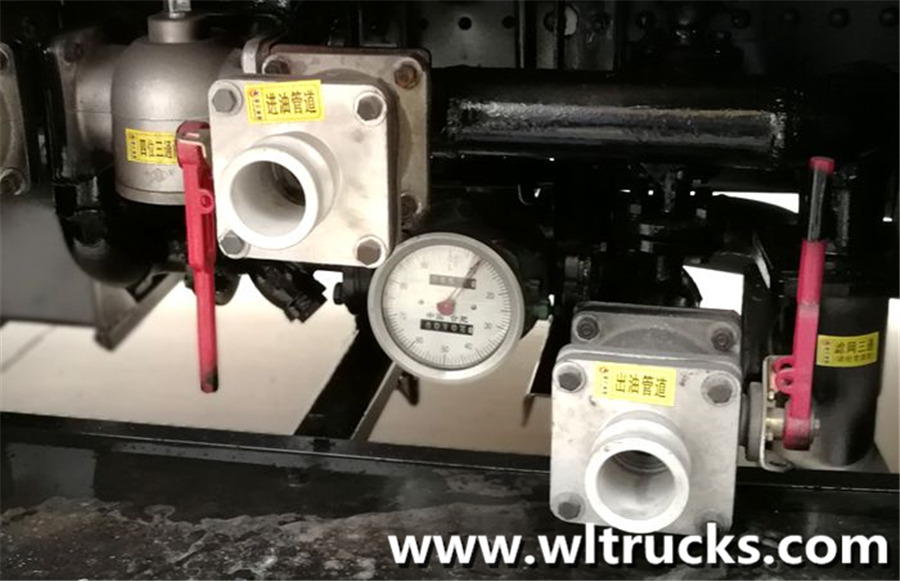
Structure: The flow meter is usually installed on the pumping or pumping pipeline, and records the oil flow through induction;
Purpose: In the case of not using the tanker to measure, some users will choose the flow meter to count. The flow meter has three metering methods: pumped out of the meter (the oil in the tank is measured when the pump is pumped), and pumped into the meter (through the pump to When the oil is transported in the tank, it is measured), and the pump is in and out of the meter (the pump in or out is only measured by a flow meter);
4. Oil and gas recovery necessary for oil tank pulling, oil loading, anti-overflow probe
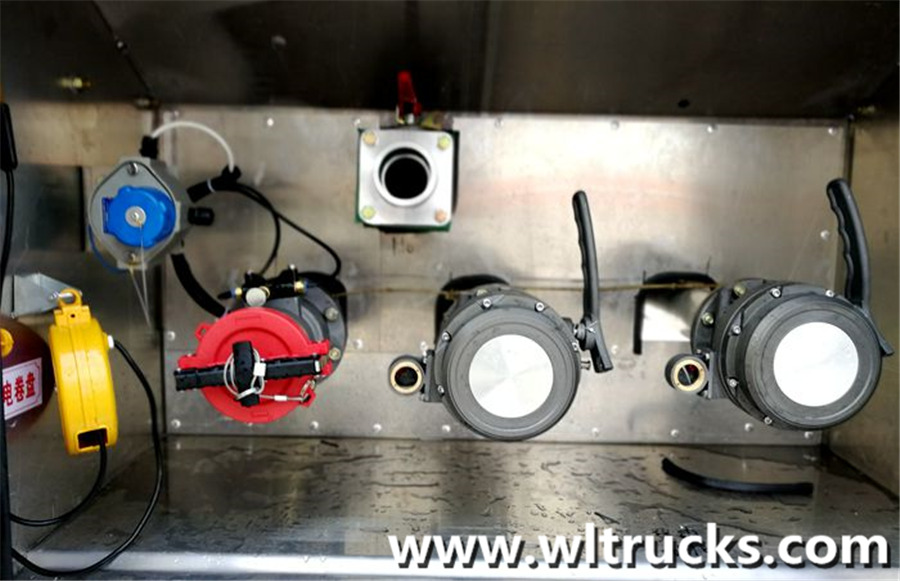
Structure: Oil and gas recovery valve, the anti-overflow probe is installed on the European standard tank port on the top of the tank body, the oil and gas recovery port is installed next to the oil unloading valve, and the anti-overflow probe is alarmed by the induction device;
Purpose: The oil and gas recovery system recovers the oil and gas produced by loading and unloading oil to avoid the risk of oil and gas leakage. The anti-overflow probe is used as a safety device to prevent oil from leaking and alarm in advance. When the oil level reaches the warning limit, The sensor will automatically alarm and switch off;
5.Artesian mouth
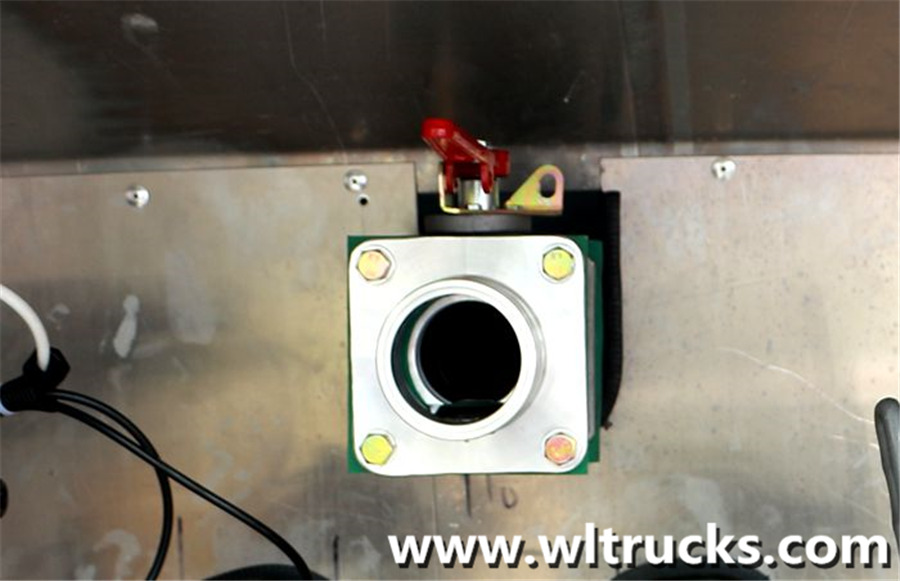
The gravity spout is the outlet that separates from the oil pipeline. The faster the tank truck unloads the oil, the tank truck master can pull the oil several times, and naturally it can make more money. The design of the gravity spout can pass the oil in the tank through multiple The channel release improves the efficiency of oil release;
6. Aluminum alloy steel rim and tubeless tire
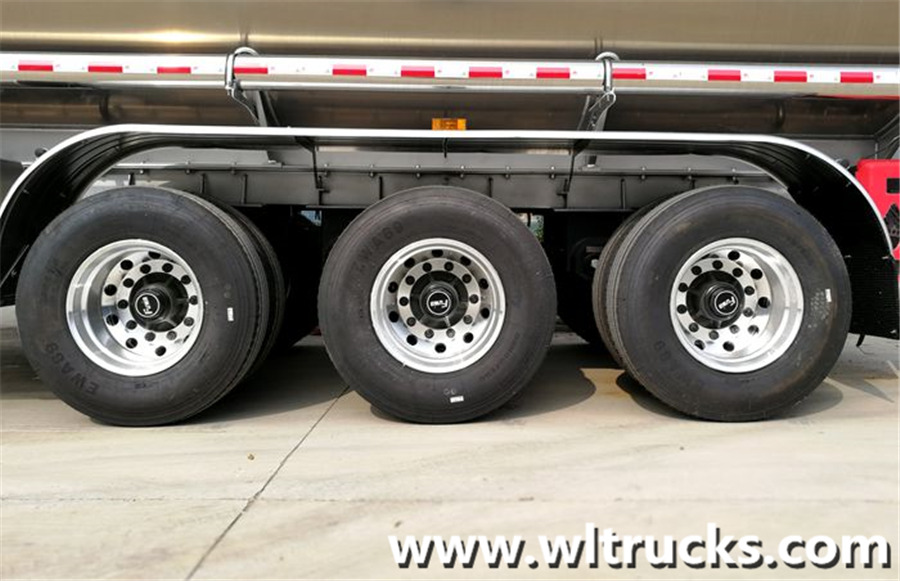
The lighter the weight, the more oil will be pulled when the total mass remains unchanged. When choosing a tanker, users will not only choose aluminum alloy tanks, but also pay more attention to tires and steel rims. Compared with iron steel rims, alloy steel rims are lighter by 10 to 15 kilograms. The former four and eight are used as an example. If a tank truck is replaced by aluminum alloy steel rims, it will be 120 to 180 kilograms lighter in total. Pull 120 to 180 kg of oil.
In the end, you still have to choose the configuration according to the specific purpose of the tanker, where to pull the oil from, where to transport it, whether to use weighing meter or tanker, flow meter metering, these all need to be considered.
